Therefore, increasingly mobile phones have begun to pay attention to their imaging capabilities and have included outsole CMOS + computational photography technology under their command, hoping to deprive consumers of their imagery. Friends who follow the digital circle, whether they are industry insiders, some enthusiasts, or others, will pay attention to the data and reviews released by some authoritative organizations, such as DXOMARK, which evaluates the photography capabilities of mobile phones, and this year, one of the largest in the mobile phone circle. The controversy comes from this. Last year, Xiaomi released its flagship mobile phone called “Android Light,” the Xiaomi Mi 11 Ultra. At that time, with the 1/1.12-inch Samsung S5KGN2 ultra-large bottom main camera and excellent image tuning, it once topped the DXOMark list.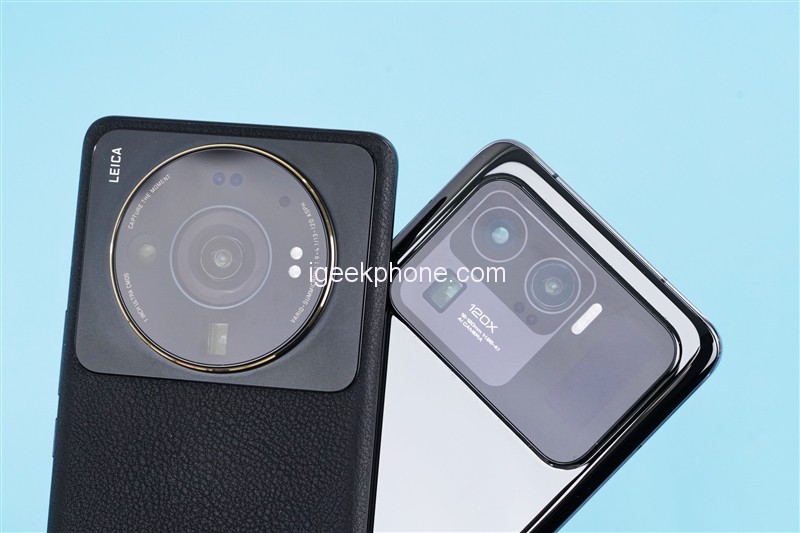
This year, Xiaomi released a new generation of “Android Light” Xiaomi Mi 12S Ultra, a 1-inch Sony IMX989 super outsole, and Leica’s in-depth tuning. In terms of image specifications, it far exceeds the Xiaomi Mi 11 Ultra released last year.
However, in this year’s DXOMark image ranking, Xiaomi Mi 12S Ultra is 2 places lower than Xiaomi Mi 11 Ultra, which has also led many users to question, is the new flagship inferior to the old flagship.
So, is the imaging system of Xiaomi Mi 12S Ultra and Xiaomi Mi 11 Ultra such a big gap as evaluated by DXOMark? That’s where our test comes in today.
Picking up the two mobile phones again and testing their imaging capabilities in multiple scenarios such as main camera, telephoto, wide-angle, daytime, macro, backlight, glare, and extreme darkness, the showdown between Samsung and Sony is about to kick off.
Since mobile phone manufacturers began to pay attention to the development of images, even digital novices should have heard of the concept that “the bottom is big and one level crushes people.” The so-called “bottom” refers to the area of the photosensitive unit.
Among the photosensitive elements in mobile phone cameras, the photosensitive area is the most important. Its size determines the intensity of light that the mobile phone camera can perceive. The larger the site, the better the photosensitive performance, the lighter it captures, and the information of the recorded photos. The more, the higher the signal-to-noise ratio and the less noise.
In other words, the larger the photosensitive area, the better the image quality of the photo (good here does not refer to the clarity of the picture but refers to the high degree of color reproduction of the photograph and the more uniform color distribution).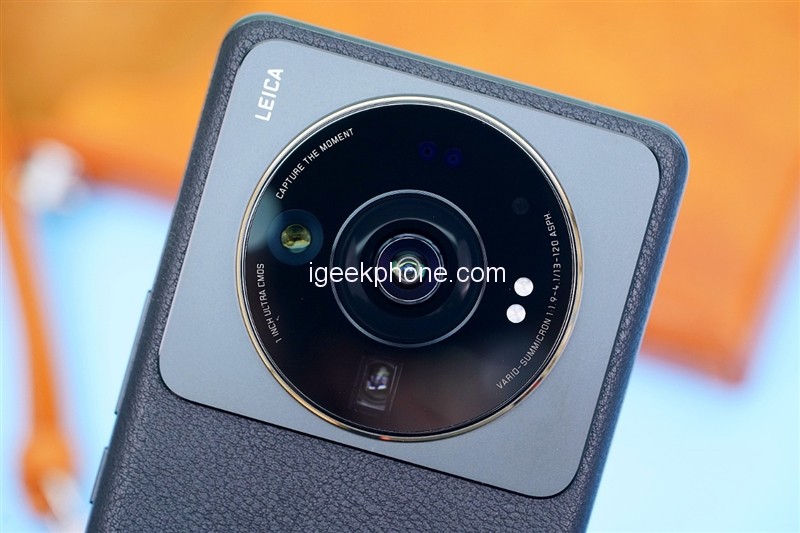
The Sony IMX989 sensor on the Mi 12S Ultra has the largest 1-inch photosensitive unit (actually 1.02 inches, with a diagonal length of about 16.32mm), which can output images with a maximum of 8192×6144 pixels, approximately 50.3 million pixels, and a single pixel. The size can reach 1.6μm. The four-in-one pixel can output super large pixels equivalent to 3.2μm in the daily shooting.
The main camera on the Mi 12S Ultra uses a full-lens double-sided ultra-low reflection coating, which can be applied on the edge of each piece. At the same time, a new cycloolefin material is introduced, with reflectivity as low as 0.2% and light transmittance as high as 93%. It can reduce glare and eliminate purple fringing. In the following comparison, we will also test the performance of the two mobile phones on glare control when shooting street lights at night.
After Leica’s special image tuning, the imaging style incorporates two imaging modes: Leica Classic and Leica Vivid. As the light of last year’s Android, Mi 11 Ultra also used the largest photosensitive unit at the time – Samsung S5KGN2, which has a photosensitive area of 1/1.12 inches and can output images of up to 6120×8160 pixels, about 50 Megapixels. The pixel size can reach 1.4μm, and four-in-one pixels can be used in the daily shooting to output super large pixels equivalent to 2.8μm.
In terms of specifications alone, the hardware advantages of the Mi 12S Ultra are stronger than those of the Mi 11 Ultra.
However, there is one thing that needs attention. Although the super-large photosensitive unit can obtain a higher amount of incoming light and make the picture quality look better, it also has some obvious shortcomings. For example, when the quality of the lens group is similar, the super-large bottom will solve problems such as edge quality degradation and bulge.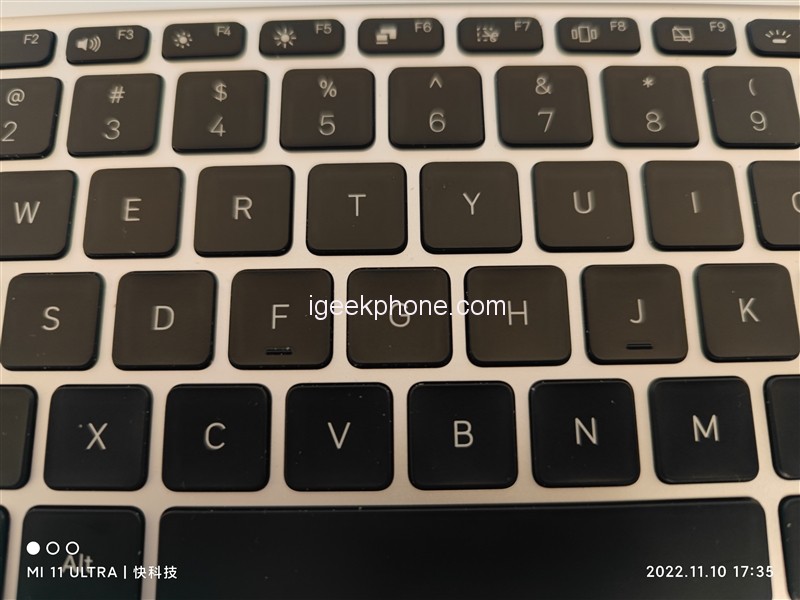 From the picture above, we can see that Mi 11 Ultra took a close-up shot of the keyboard, and the middle part has been in focus, but there will be the obvious virtual focus around the sample, and it will affect the entire keyboard with the outward bulge. The look and feel of the screen.
From the picture above, we can see that Mi 11 Ultra took a close-up shot of the keyboard, and the middle part has been in focus, but there will be the obvious virtual focus around the sample, and it will affect the entire keyboard with the outward bulge. The look and feel of the screen.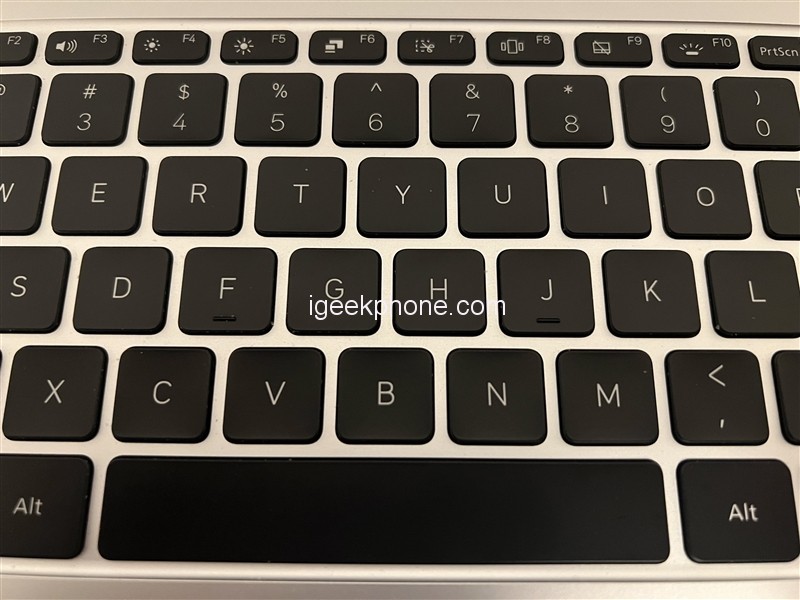
This photo was taken by the 1/1.67-inch Sony IMX703 equipped with the iPhone 13 Pro. Compared with the Xiaomi Mi 11 Ultra, the edges around the keyboard are much less blurred, and the picture is smoother without distortion.
Mi 11 Ultra will be significantly improved when shooting at a longer distance. Mi 11 Ultra has similar problems, and the Honor Magic 4 Ultimate Edition, equipped with the same specification sensor, and Mi 12S Ultra with a 1-inch outsole will have similar issues.
In addition, in terms of focusing, there is also a problem that needs attention. The Samsung S5KGN2 used by Mi 11 Ultra supports a full-pixel omnidirectional octa-core focusing solution + 8×8 of assisted focusing solution. Although it is full-pixel Omni-directional octa-core focusing, what Samsung advertises is Dual Pixel Pro, that is, full-pixel dual-core focusing Pro.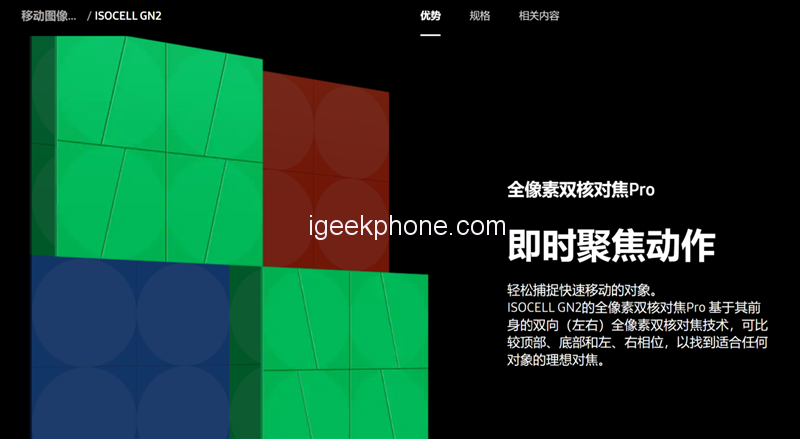
This focusing method is actually based on full-pixel dual-core focusing with oblique cutting processing, which provides the focusing ability in the vertical direction that was not available before but also sacrificed the focusing performance in the original order. In low-light environments, the focus will slow down.
In this regard, Xiaomi added an 8×8 dTof focusing module to the 11 Ultra to improve the focusing ability of night shooting. Looking back carefully at the Honor Magic 4 Ultimate Edition equipped with the same sensor, it also uses the 8×8 assisted focusing solution, which is why.
In Xiaomi Mi 12S Ultra, the Sony Octa-PD phase focusing + laser-assisted focusing solution is adopted, which not only brings better focusing performance but also does not have the interference and loss caused by Samsung’s oblique pixel cutting, in the dark; it can also have extremely fast focusing speed in a light environment.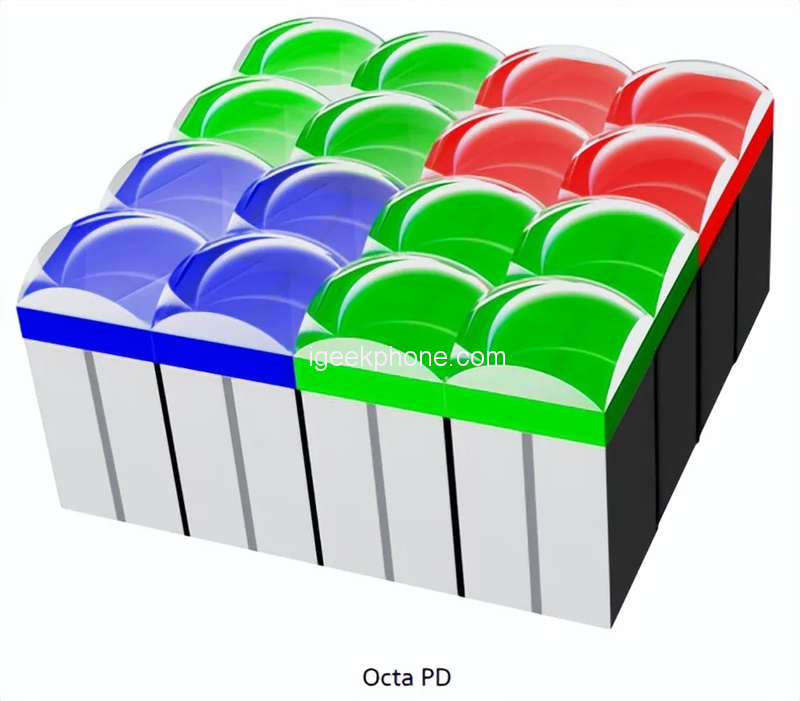
In terms of ultra-wide-angle and telephoto lenses, both Mi 12S Ultra and Mi 11 Ultra use a 48-megapixel Sony IMX586 sensor, a 1/2-inch photosensitive unit, and a four-in-one pixel output of 12 million pixels by default.
Next, we used Mi 12S Ultra and Mi 11 Ultra to shoot proofs in the same scene for objective comparison. Both phones use the default mode for shooting.
Cameras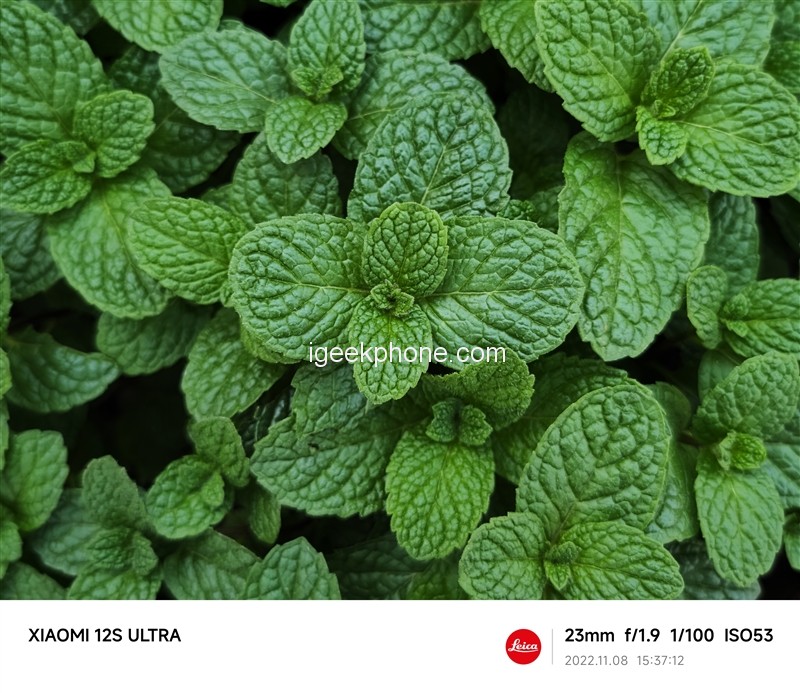

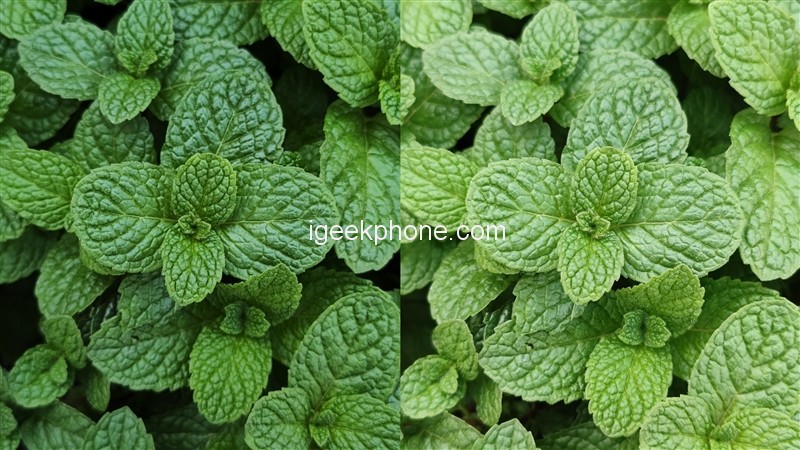
Under the green plant proofs, Mi 12S Ultra presents a green picture due to Leica image tuning, which looks very pleasing, and is closer to the color seen by the naked eye. At first glance, it has a strong sense of substitution.
In the proofs taken by Mi 11 Ultra, there are some problems with the white balance, which makes the whole picture appear white, which is very unnatural.
However, there is not much difference between the two in terms of resolution. These two photos were taken in a bright environment, and the color of the Mi 12S Ultra is oversaturated. In contrast, the color reproduction of Mi 11 Ultra is more accurate, but there is also a whitening problem.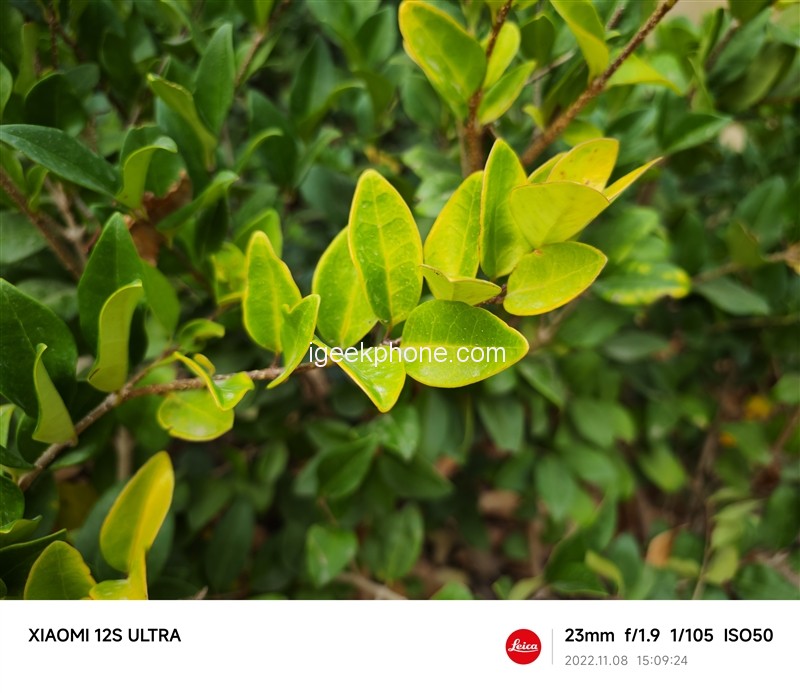
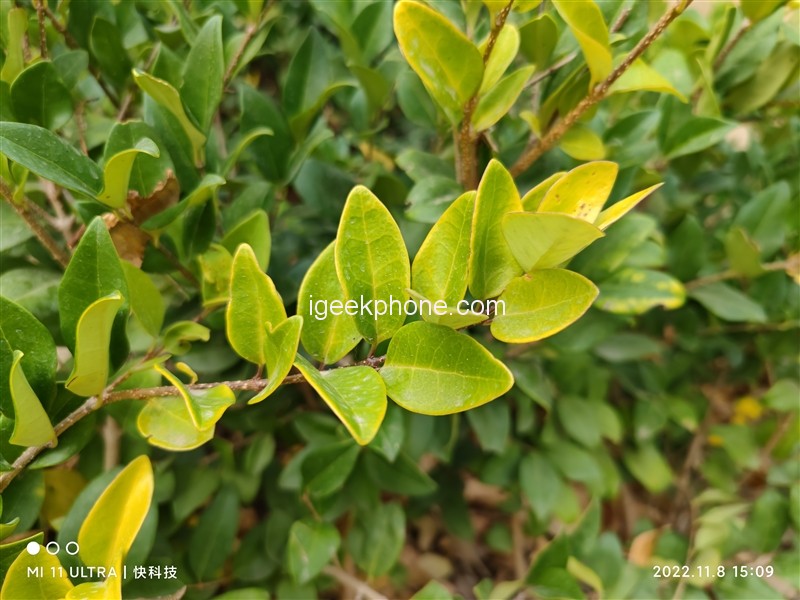
In addition, the background blur of the Mi 12S Ultra is more natural than that of the Mi 11 Ultra. In a backlit environment, the difference between the two phones can be seen at a glance. Both pictures are autofocus.
With the advantages of higher light input and algorithm, Xiaomi Mi 12S Ultra has a higher overall screen brightness. It is more transparent, and the details of buildings can be seen more clearly after zooming in.
The picture of the Mi 11 Ultra is too dark. We took photos in the afternoon, but it felt like dusk. Under sufficient light, the difference between the proofs taken by the two mobile phones is not very big, and the color reproduction ability and resolution can reach a high level. If there is no watermark display, it is not clear which mobile phone it is taken by.
Ultra Wide Angle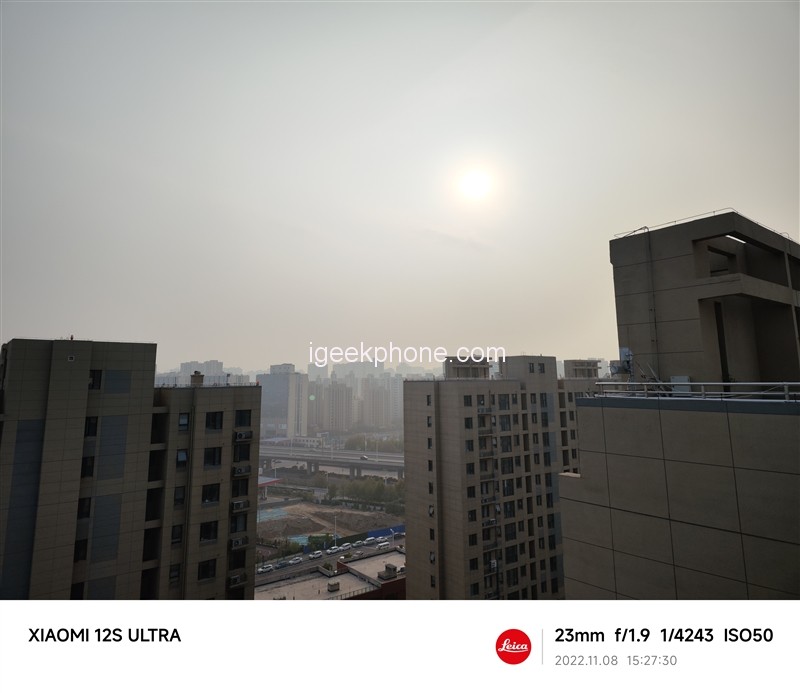
Under the ultra-wide-angle proofs, the shooting angles of the two phones are the same. The white balance adjustment of the 12S Ultra is slightly lacking. The colors displayed by the floor tiles are not as pleasing as the Mi 11 Ultra, and the colors presented by the Mi 11 Ultra are more inclined to the real ones.
After zooming in to see the details, the details of the Mi 12S Ultra on the edge of the building are more in place, while the Mi 11 Ultra has a slightly reddish phenomenon and more noise.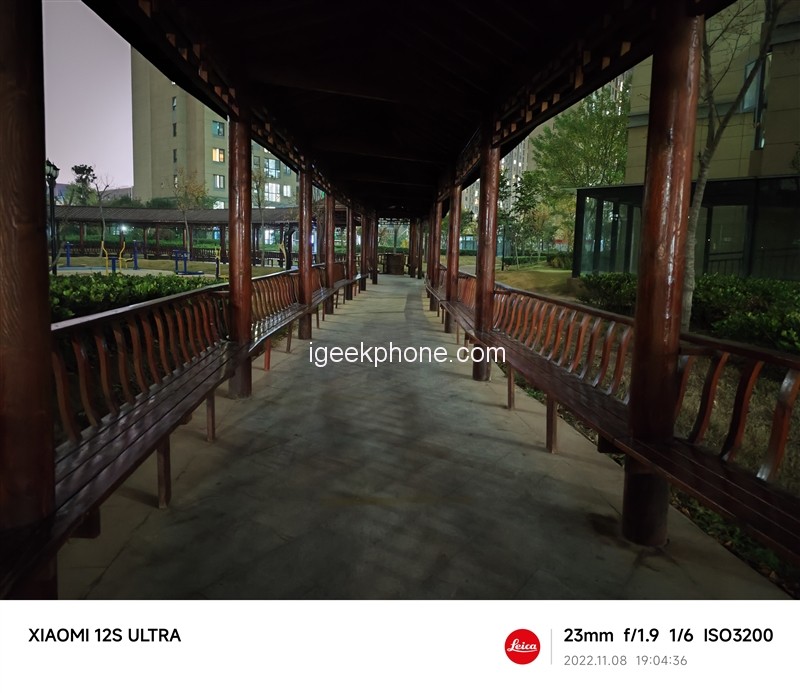
This group of samples was taken on the roof of the building, and the overall color difference between the photos is not big. The middle building taken by Mi 12S Ultra is slightly whiter, while Mi 11 Ultra is more able to show the true colors.
Zoom in on edge and look closely. The distortion correction algorithm of the Mi 12S Ultra shows a relatively normal display on the edge of the building. In contrast, the Mi 11 Ultra on the right shows the characteristics of barrel distortion, and the picture is sunken inward, which looks unnatural.
After zooming in, the sample of the Mi 12S Ultra is darker than that of the Mi 11 Ultra, and the saturation of yellow and green leaves is lower than that of the Mi 11 Ultra, but in terms of resolution, there is not much difference between the two. In the backlit scene, we use the 5X telephoto lens to shoot, and there seems to be no obvious difference overall.
However, if you zoom in and look closely, the 12S Ultra on the right shows more vivid colors, but compared with the foliage on the right, the resolution is not as good as the 11 Ultra.
In addition, the branches on the left, where the light and shadow overlap, appear to be relatively empty, whereas the restoration of the stems and leaves by 11 Ultra is more refined.
Under the telephoto lens, the saturation of the 12S Ultra is higher, while the sample of the 11 Ultra is lower in saturation, but it is closer to the real scene. Zoom in to see the details, the proofs taken by Mi 12S Ultra, the words on the plaque are more smeared, and the picture will also have some hazy feeling.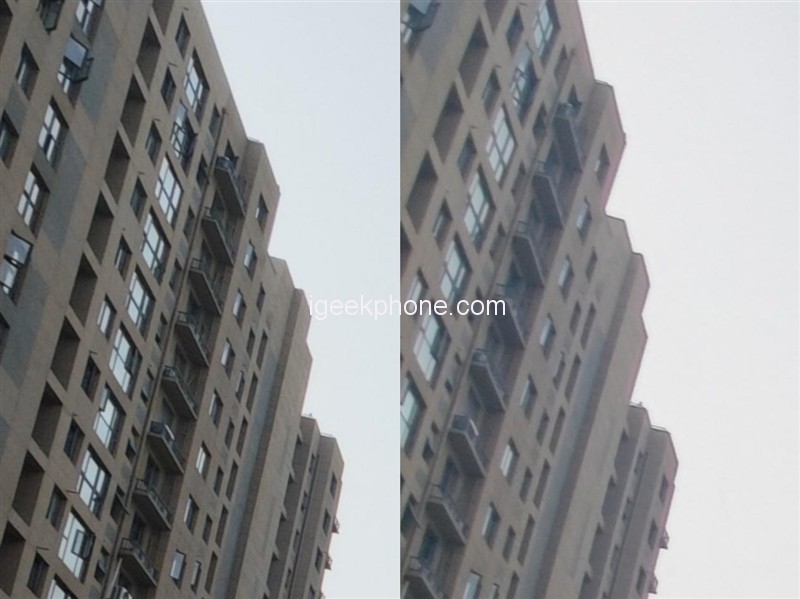
After zooming in, the details of the Mi 11 Ultra are clear, and the picture is transparent, which is better than that of the 12S Ultra. The resolution of Mi 11 Ultra is slightly better in terms of telephoto imaging capabilities.
Night view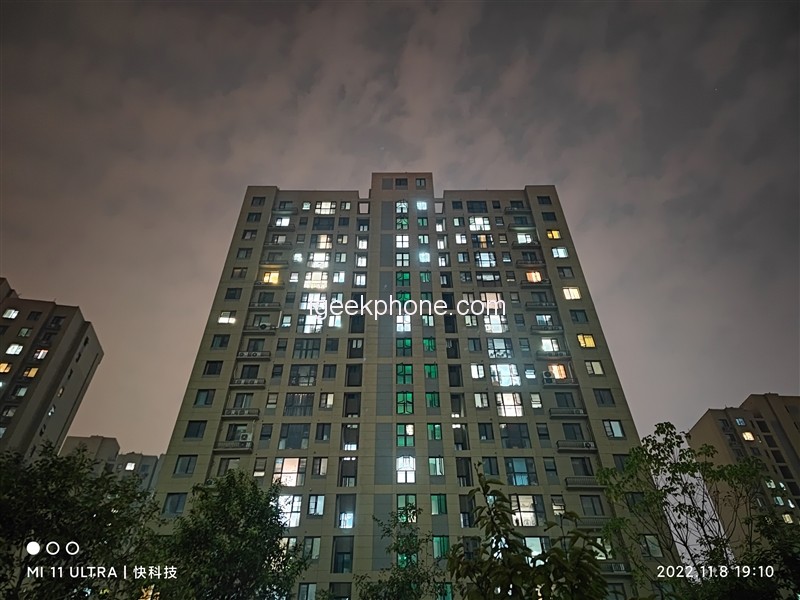
In terms of night scene performance, we adjusted the cameras of the two mobile phones to the default state so that the mobile telephones automatically activate the night scene mode for shooting.
The first is Mi 12S Ultra, which inspired Night Scene 1S in this dark light environment. Mi 11 Ultra-inspired Night Scene 4S. After comparison, due to the longer exposure time of the Mi 11 Ultra, the screen’s brightness is higher than that of the Mi 12S Ultra. Still, the overall sample will appear whitish, the color will seem unreal, and the look and feel are not as good as Mi 12S Ultra.
After zooming in to see the details, the Mi 12S Ultra on the left reproduces the leaves more finely, with stronger resolution and full colors. On the other hand, the imaging of Mi 11 Ultra is blurred, and there is still the problem of partial whiteness, and the nearby glass also appears. There is a blur effect.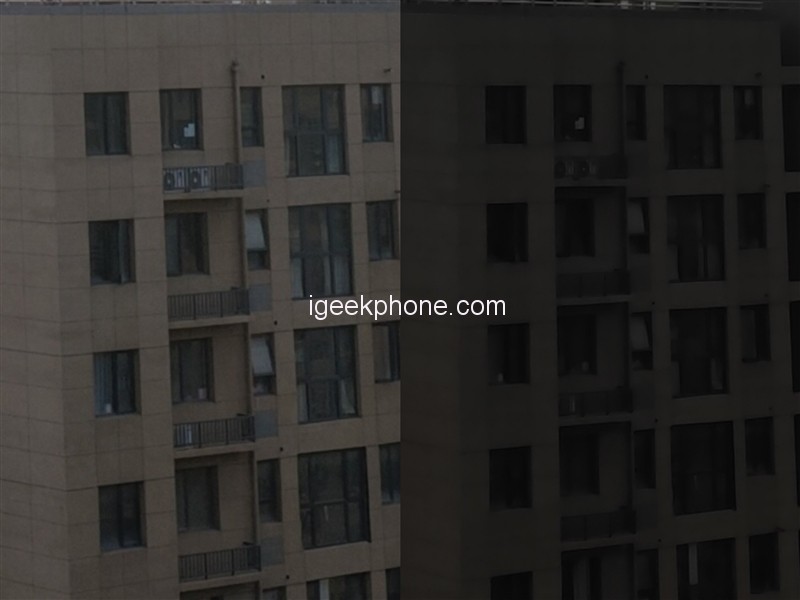
Zooming in on another place is the same. The proofs of the Mi 12S Ultra can see the details of the stripes on the top of the pavilion and the gaps between the building tiles, while Mi 11 Ultra has been blurred.
In this brightly lit and dark environment, Mi 12S Ultra did not trigger the night scene, and the sky in the sample shot was a bit purple, but the noise control was relatively in place.
Mi 11 Ultra triggered the night scene 2s. Although the picture is brighter, it has relatively more noise, but the restoration of the sky is fairly accurate, which is in line with the actual scene at that time.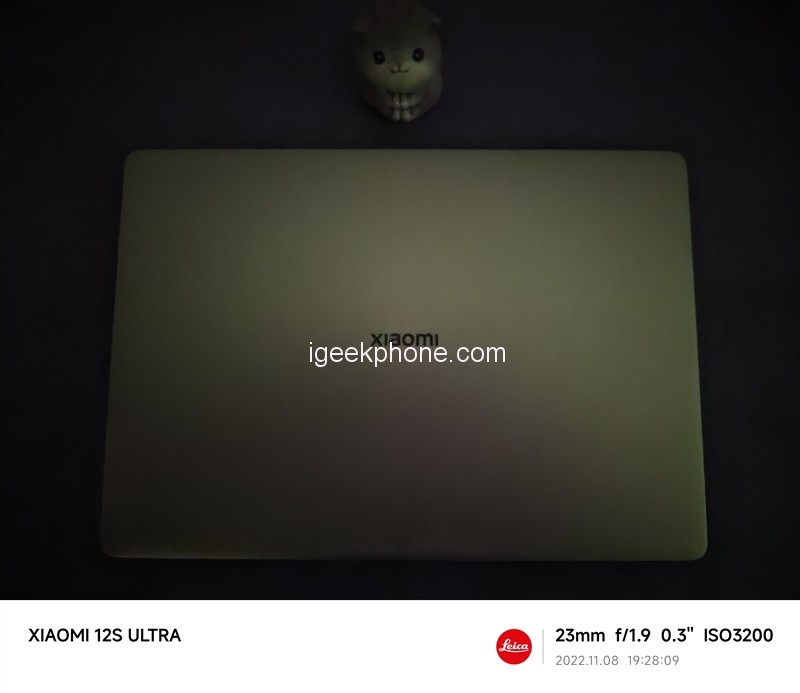
In another night scene, the Xiaomi Mi 12S Ultra has an exposure time of 1 second, the color saturation is higher than that of the 11 Ultra, and the colors of the leaves and wooden chairs are more pleasing. On the other hand, the 3-second exposure of the 11 Ultra makes the proofs somewhat overexposed. Affects the display of true colors.
In an extremely dark environment without any light interference, the Mi 12S Ultra triggered the night scene for 3 seconds, showing more details. Still, there was a color cast, and the surface of the silver notebook was even reddish. Mi 11Ultra triggers the night scene for 5 seconds, which is also the highest gear supported. Although the samples taken have more noise, the color display is more accurate.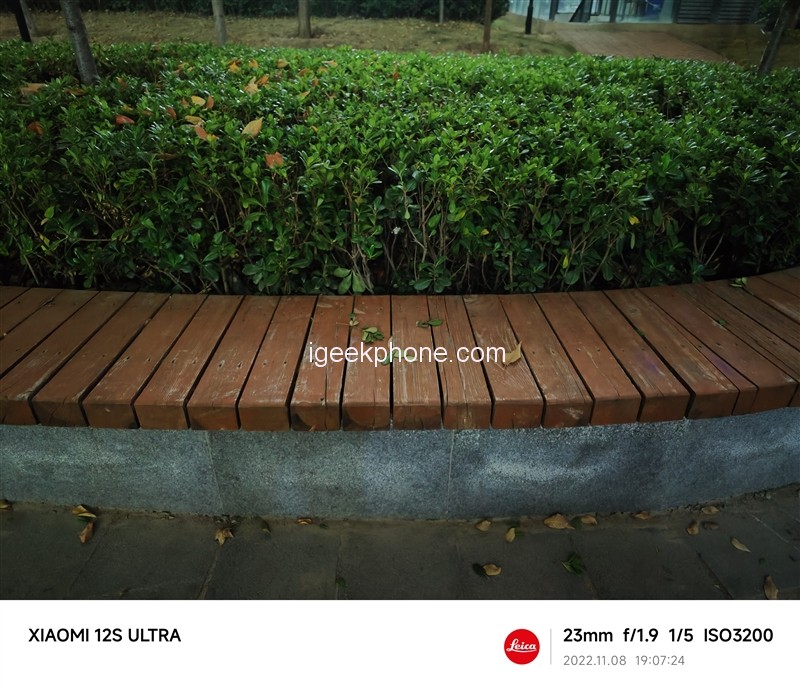
This set of samples shows the anti-glare capabilities of the two mobile phones. Both of them have different degrees of glare. The glare performance of the Mi 11 Ultra is slightly better than that of the Mi 12S Ultra, but the version of the Mi 12S Ultra on the edge of street lights is relatively more perfect.
In another set of proofs, Xiaomi Mi 12S Ultra controls the halo around the dome light smaller than Mi 11 Ultra, and the explanations are purer. This is also due to the full-lens double-sided ultra-low reflection coating on the 12S Ultra, which can reduce glare.
However, the overall brightness and color of the two pictures did not widen the gap too much.
Macro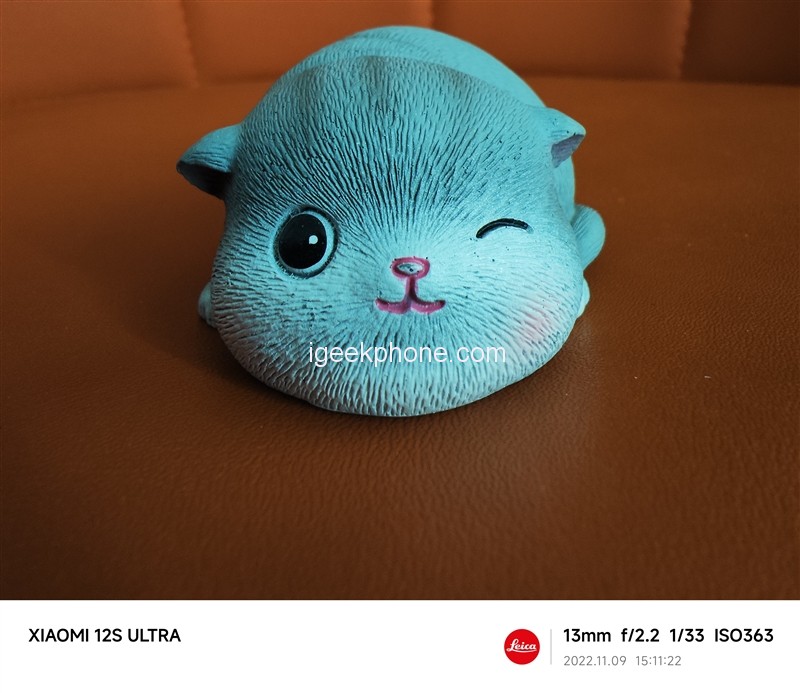
In terms of macro, the 12S Ultra is closer to the object, and the color fits the real scene, while the 11 Ultra’s proofs are still not very accurate in white balance.
Verdict
After displaying the proofs of Mi 12S Ultra and Mi 11 Ultra in the above various scenarios, I believe everyone understands the imaging capabilities of the two phones. We also make the following summary:
1. Standard scene
In the classic scene, the samples of flowers and plants taken by Mi 12S Ultra are more inclined to the real colors after being tuned by Leica, which is more visually pleasing. In contrast, the samples taken by Mi 11 Ultra will all appear whitish, which is very visual. Unnatural.
In a backlit environment, with the advantage of a 1-inch outsole, the Mi 12S Ultra can show backlit buildings more than the 11 Ultra, and the details are clearer after zooming in.
2. Telephoto capability
In terms of telephoto, the tuning of the Xiaomi Mi 12S Ultra has higher saturation, which is visually better than Mi 11 Ultra. Still, Mi 11 Ultra also won a round with better resolution and edge blur effects.
3. Super wide angle
In the ultra-wide-angle part, the color display of the Xiaomi Mi 12S Ultra is still more pleasing to the eye, and the edges of the screen are still very clear, while the edges of the Mi 11 Ultra’s screen will appear relatively blurred, and there is a slight redness.
Secondly, the distortion of the wide-angle picture taken by Mi 11 Ultra will be more serious, and the edge of the image will be sunken inward, affecting the overall visual effect. In contrast, the Mi 12S Ultra’s display of the picture is relatively normal.
However, in the middle part of the screen, the color performance of the Mi 11 Ultra is slightly better than that of the Mi 12S Ultra.
4. Dark light environment
In a dark environment, the sky captured by Mi 12S Ultra will be slightly purple, affecting the overall look and feel, but it is better than Mi 11 Ultra in terms of noise control and resolution.
On the other hand, the Mi 11 Ultra has an overall whitening of the picture due to excessive exposure. Although the picture looks more transparent, the loss of details is also serious.
Therefore, Xiaomi Mi 12S Ultra can take clearer night scene photos than Mi 11 Ultra with a shorter exposure time.
Mi 12S Ultra has better details in an extremely dark environment than Mi 11 Ultra. Still, there will be a slight color cast, and Mi 11 Ultra has relatively better control over colors.
5. Other aspects
In terms of anti-glare performance, the two phones are comparable, and the Mi 12S Ultra has better halo control, which is also better than the Mi 11 Ultra.
In terms of macro, although they are all ultra-wide-angle crops, the focus distance of Mi 12S Ultra is closer, which can show clearer macro textures, and there is not much difference between the two in terms of color performance.
In general, limited to our camera scene, it certainly cannot fully reflect the camera quality of the two phones. Still, judging from the effects of the existing settings, Mi 11 Ultra has a slight advantage in the telephoto part. It is also slightly better in some night scene scenes, but it is not as good as Xiaomi 12S Ultra in other scenarios. If you have the conditions, you can try the real shot comparison of the two phones in more systems. I believe that in most designs, you can still see it at a glance, Out of the difference.
Read Also: Xiaomi OSOTEK H100 Pro Vacuum Cleaner Now at $629.99 [Coupon Deal]
Do not forget to follow us on our Facebook group and page to keep you always aware of the latest advances, News, Updates, review, and giveaway on smartphones, tablets, gadgets, and more from the technology world of the future.









